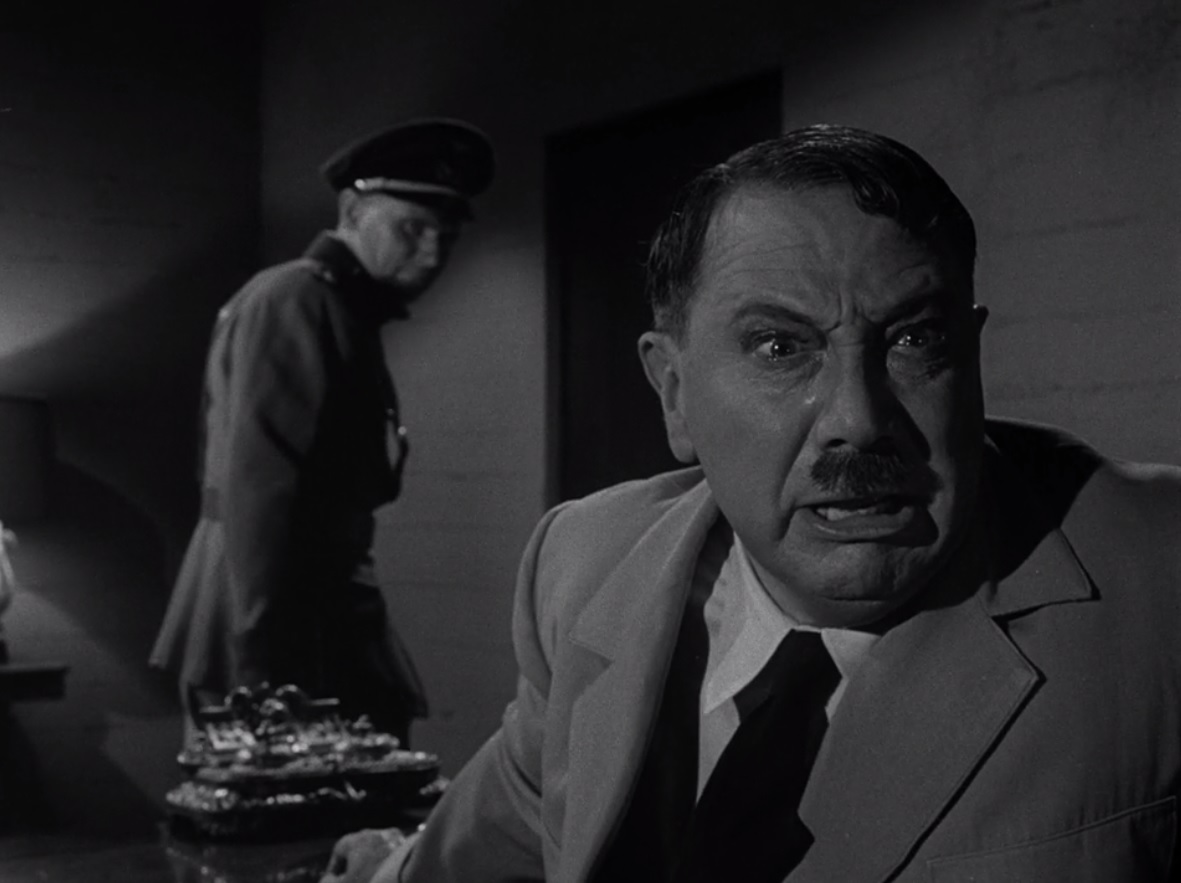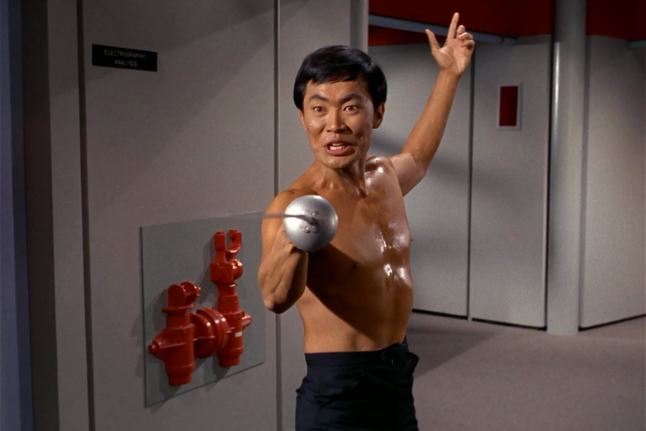
Non-Exhaustive List of Television Shows Mentioned:
L Word: Generation Q (2019)
Star Trek: The Original Series (1966-1969)
The Twilight Zone (1959-1964)
American Horror Story (2011-2020)
The reset button: a narrative trope of television that allows writers to fix narrative boo-boos that range from untimely deaths of favorite characters to discontinuous time jumps. The recent L Word: Generation Q reboot is a good example of such resuscitation—repairing an injurious representation of trans life, and a skew-whiff vision of lesbianism as a “white thing.” What may appear as overcompensation to some is nonetheless a welcome example of readjusting the casting dial. At one point in Episode 3, “LA Times”, three gay men of color dance together on screen at a queer club at the same time with no white, no straight people in view. The moment felt unprecedented.
But a reset isn’t a reboot. The reset button is mostly used in anthology shows from the “Golden Age of Television”, like The Twilight Zone, Masterpiece Theater, and the Philco Television Playhouse. Contemporary examples include Black Mirror, American Horror Story, American Crime Story, Room 104, and True Detective. The technique engenders a series of episodes written non-teleologically so that viewers can jump in at any episode without missing a beat. While entertaining, when looked at holistically, these shows often appear as episodic Xerox copies of earlier episodes. “Remember the one…” Each time the proverbial button is pressed, the circumstances are rubbed smoother, created into a palimpsest of past stories. In certain anthology shows, like Star Trek and The Simpsons in particular, the reset catches their characters in a static, paralyzed loop.
In “The Naked Time,” Episode 4 of the first season of Star Trek: The Original Series, Captain James T. Kirk steers the USS Enterprise to the planet Psi 2000. Their mission: record and assess the dissolution of the planet—all its inhabitants have become mysteriously frozen. While scanning a frigid rock, Lieutenant Junior Grade Joe Tormolen removes his glove and becomes infected with a furtive illness that removes inhibitions and spreads through touch; of course, he brings it on board once Scotty beams him and Mr. Spock up.
Lieutenants Sulu and Riley then observe Tormolen behaving rather strangely in the mess hall, leading to an altercation with a butter knife.

Upon touch, both Sulu and Riley also contract the disease—leading to inexplicable epee attacks on unarmed crew members (Sulu) and egregious Irish brashness (Riley), which in turn causes the ship’s engines to somehow malfunction. It’s implied that there’s no...
You have reached your article limit
Sign up for a digital subscription and continue reading all new issues, plus our entire archives, for just $1.50/month.
Already a subscriber? Sign in




